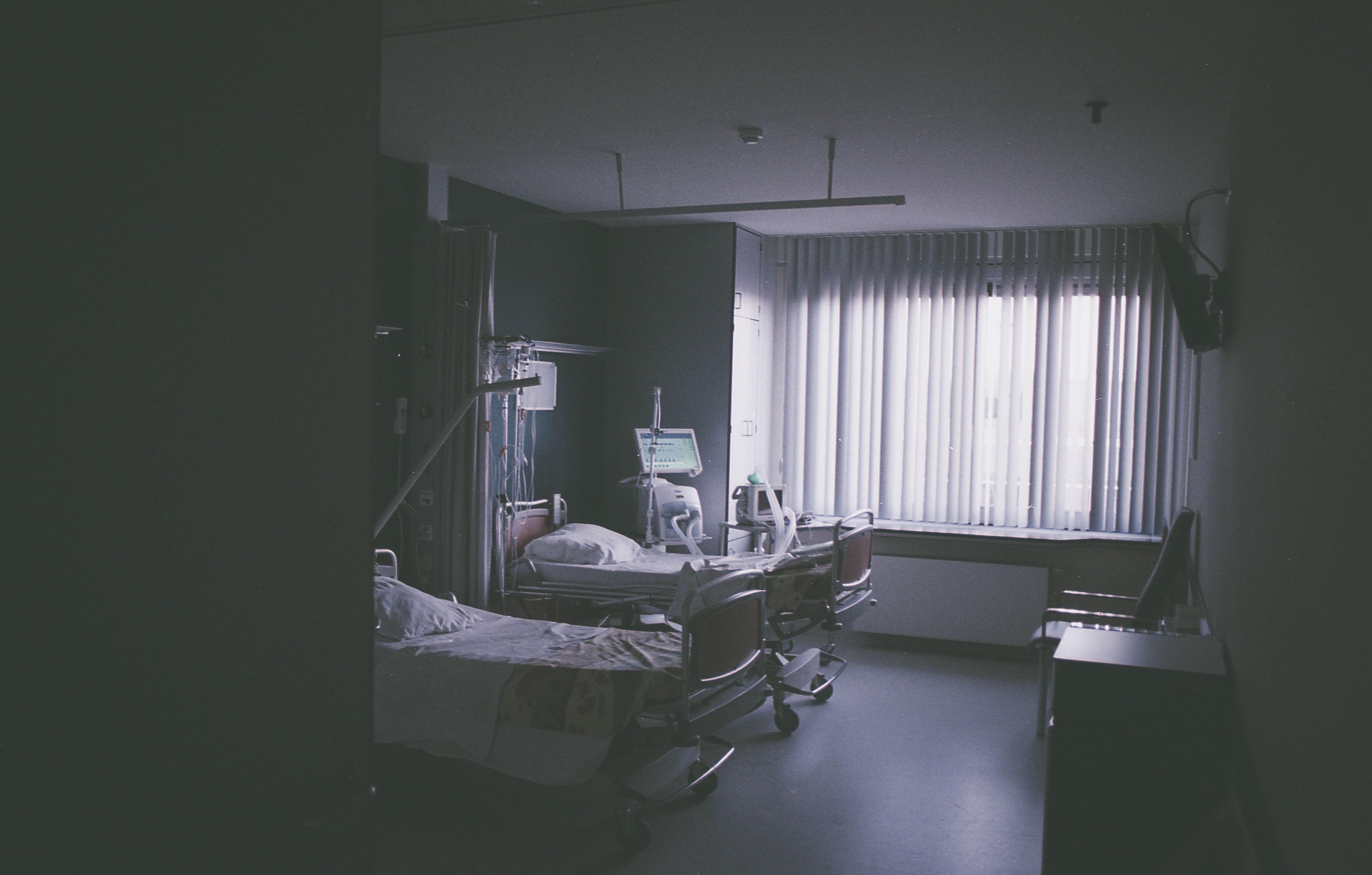COVID-19 Pulmonary, Cardiac Symptoms Persist for Weeks in Severe Patients
New ERS findings show patients hospitalized for COVID-19 bettered from timelier, personalized rehabilitation plans.

A pair of new studies indicate two-thirds of hospitalized coronavirus 2019 (COVID-19) patients experience persistent pulmonary symptoms weeks after hospital discharge, but that timely, lengthy pulmonary rehabilitation initiation could better metrics of improvement.
In new data presented virtually at the European Respiratory Society (ERS) 2020 International Congress, a team of Austria- and France-based investigators reported findings from critically ill COVID-19 patients affected during the early phases of the virus’ spread.
The patients, who were at the very least hospitalized due to their COVID-19 infection, depict the primary burdens of most post-care patients—and the path by which they can effectively recover pulmonary and cardiac health.
Cardio-pulmonary effects
In the first trial, investigators sought to establish follow-up data in patients after they had recovered from severe COVID-19—a clinical pursuit which they wrote had not yet been fulfilled, despite troubling implications from patient-reported statuses and known effects of viral respiratory infections.
As they noted, 30% of survivors in the SARS1 outbreak of 2002-03 showed persisting structural pulmonary abnormalities in the months following infection.
Their ongoing prospective, multi-center observational trial systematically is evaluating cardio-pulmonary damage among Austrian severe COVID-19 survivors at weeks 6, 12, and 24 post-hospital discharge. Each visit included a clinical examination, laboratory testing, blood gas analysis, lung function, thoracic HR-CT, and echocardiography.
At 6 weeks, investigators pulled data from 82 consecutive patients. Mean patient age was 56.7 years old, with nearly two-thirds (63.4%) being male. Another 43.9% of patients had a history of smoking.
At the first follow-up visit, 54 (65.9%) of patients exhibited persistent COVID-19 symptoms; the most prominent was dyspnea (36.6%), followed by cough (19.5%). Another 24.4% suffered from persistent lung impairment, as per forced vital capacity (FVC) <80% and/or forced expiratory volume in 1 second (FEV1) <80%.
Hyperinflation, as per RV >120%, was prevalent in 37.8% of patients. Reduced diffusion capacity (DLCO) occurred in 28% of patients.
In cardiac symptoms, investigators observed a majority of recovered patients suffered from left ventricular diastolic dysfunction (58.5%), and that mean serum NT-proBNP, D-dimer, and ferritin levels were significantly elevated.
However, by the time of the 12-week visit, mean patient symptoms had improved—lung damage was reduced to 56% in participants. Investigators currently do not have results from the evaluations at 24 weeks.
In a statement accompanying the study results, study author Sabina Sahanic, a clinical PhD student at the University Clinic in Innsbruck, emphasized that structured follow-up care is very necessary for patients severely infected with COVID-19.
“Importantly, CT unveiled lung damage in this patient group that was not identified by lung function tests,” she said. “Knowing how patients have been affected long-term by the coronavirus might enable symptoms and lung damage to be treated much earlier and might have a significant impact on further medical recommendations and advice.”
That said, the findings also back the notion that the lungs are capable of repairing some of their impairments over a period of time.
Weekly recoveries
In the second trial, investigators sought to assess the recovery of patients to undergo pulmonary rehabilitation after extubation in the intensive care unit (ICU).
Their evaluation entailed weekly six-minute walking tests, wherein rehabilitating COVID-19 patients were measured for distance (6MWD), oxygen saturation (SpO2), and dyspnea. Their population included 17 patients (10 male, 7 female) who were a mean age of 70±11 years old at the time of admittance.
Comorbidities including cardiovascular disease, chronic obstructive pulmonary disease (COPD), diabetes, or cancer prevalent in every participant. Mean patient body mass index (BMI) was 27±6 Kg/m2. Mean ICU duration was 22±7 days, and 12±8 days for the hospital’s pulmonary ward prior to pulmonary rehabilitation enrollment.
In the mean duration of 21±8 days in rehabilitation, 6MWD increased from 16% to 43% of theoretical values among participants. Investigators observed a significant negative correlation between the number of individual participant days post-extubation before rehabilitation start, and gain in 6MWD—indicating that the sooner they began their recovery plan, the better.
Severe desaturation, as per SpO2 nadir 85±5%, was observed in patients despite oxygen supply and modest dyspnea.
Study author Yara Al Chikhanie, a PhD student at the Dieulefit Sante clinic for pulmonary rehabilitation and the Hp2 Lab at the Grenoble Alps University in France, called the finding that patients admitted to rehabilitation shortly after ICU stay bettered in physical recovery.
“But how soon they can start rehabilitation depends on the patients being judged medically stable by their doctors,” she said. “Despite the significant improvement, the average period of 3 weeks in rehabilitation wasn’t enough for them to recover completely.”
If physicians deem it safe, Al Chikahnie advised severe COVID-19 patients begin physical therapy exercise while still recovering in the pulmonary ward.
Takeaways
In a statement accompanying both studies, ERS President Dr. Thierry Troosters, called the prospective follow-up findings showing the impact of COVID-19 on cardiac and pulmonary systems “sobering.” The latter research into pulmonary rehabilitation, he added, is complementary to the overall understanding of timely, personalized strategies post-ICU.
“It is clear from both these studies that rehabilitation, including physical and psychologic components, should be available for patients as soon as possible and it should continue for weeks if not months after they have been discharged from hospital in order to give patients the best chances of a good recovery,” he said. “Governments, national health services and employers should be made aware of these findings and plan accordingly.”